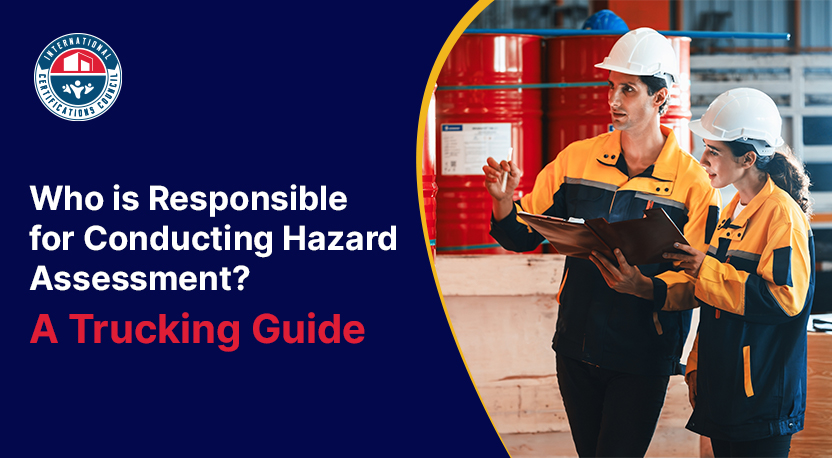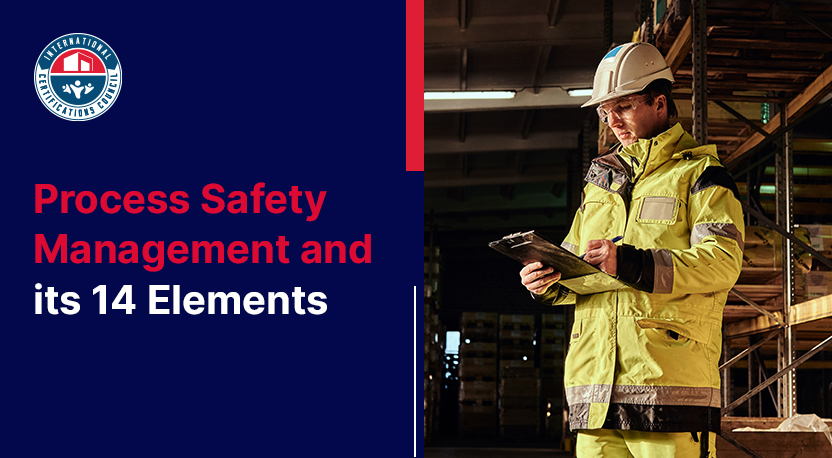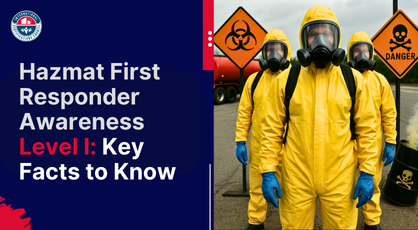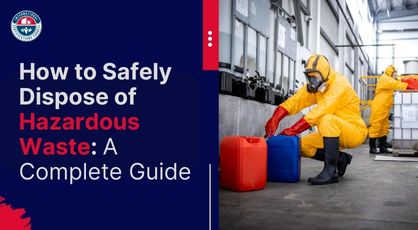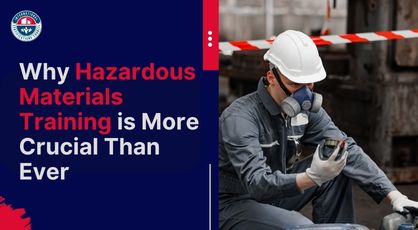Hazardous materials are dangerous to carry. They come with a very high degree of risk to the truck driver and the motor carrier company as well. Because conveying hazardous materials from one person to another is a multi-step process, the risk that is attached to even one particular package becomes dangerous for everybody involved. The leak or potential exposure can happen at any point in the transportation process. Therefore, your supervisors, safety-sensitive position holders, warehouse managers, assistants, conveyor belt operators, handlers, and even storage personnel are exposed to this risk. Hazardous materials can be identified with the help of useful labels, placards, and markings. That's right. Without the proper labels, stickers, name tags, and descriptions it will become impossible for anybody involved in their transportation, storage, and handling to identify them and take necessary precautions to prevent accidents and injuries.
These labels and markings communicate the hazard that is directly associated with a particular package or the substance or material that is contained in it. We are going to dive into the importance of these labels, placards, and markings in the following section so that you can make your trucking company safer for your drivers and every other employee.
Defining Labels, Placards, And Markings
The Most Basic Identifier Is The Label
This is the standard hazmat identifier and it is designed to meet certain very strict specifications. These are placed on the top or side of the packages or on the overpack of the container. The placement is always such that they are easily visible even from a distance.
Hazmat labels are large and are usually of distinct shapes and colors that can be recognized from a distance.
Placards Are Also Standard Hazmat Identifiers
These are placed on outer containers such as trucks, cylinders, and other vehicles that are used to carry hazardous materials in bulk from one location to another. These are also clearly visible from a distance so that people can be made aware of what is contained in a particular vessel or vehicle.
Hazmat placards are highly durable and they also have a solid inner border that differentiates them from hazmat labels.
Markings Are Additional Identifiers
They describe the package in more detail whenever somebody wants to understand the level of risk and exposure involved. It gives them a clear understanding of what type of material or substance is contained in the container so that they can take necessary safety precautions to maintain the safety of not just your employees but the general public that might come in contact with the substance.
Hazmat markings always carry the proper shipping names, the UN numbers, and other detailed descriptions. They do not have a specific style or shape.
In the end, it is safe to say that labels, placards, and markings are absolutely indispensable. They help you stay compliant with the rules and regulations laid down by the Department of Transportation. It is inexcusable to miss out on using any of these identifiers if you transport hazardous materials across state borders in commercial vehicles.
Importance Of Labels For Your Hazardous Material Business
Universal Communication
Labels are there to establish universal communication so that everybody reading them can understand what the package contains. They are acceptable internationally regardless of the language and can be used to determine the type of hazard contained within the container.
Handling Instructions
They also come with special and very clear handling instructions to make shipping, handling, conveying, disseminating, and storage of the package easier for everybody involved.
Understanding For Employers
The employers also get a clear understanding of what the potential hazards attached to the material are. They can convey the same to their supervisors and other employees.
Packaging Placement
The labels also talk about how to determine the storage conditions and segregation of these containers when they are being transported using different vessels and also when they are being stored in a storage facility.
Useful For Emergency Responders
Hazard labels prove to be highly useful for emergency responders. They can initiate evacuations and implement safety regulations regardless of whether the leak or exposure happens to be in a public space or in an enclosed workplace.
Importance Of Placards For The Safety Of The General Public
Keeping The Public Informed
As pointed out above, these placards are essential to keep the general public informed about the risks involved. They act as a clear warning to the people who might be in the presence of this hazard that is contained within a particular package. It also tells them about the quantities of the hazmat that is being transported.
Emergency Responders Are On Their Toes
These placards keep the emergency responders constantly alert and active. For example, if they are not able to locate the proper documentation or shipping papers related to the hazardous material, the placard is a great source of information for emergency responders. They tell them what materials are involved in the accident and what safety and preventive measures to take to minimize that risk.
Required As Per The Federal Structure
Needless to say, these placards or required as per the law. The United States government has defined certain quantities of hazardous materials that any transport vehicle or vessel with a capacity to carry bulk packaging must observe. There are a few special cases where placarding exceptions do come into play but that is a discussion for another time. You need to understand that as a carrier, you will not be able to transfer the shipment unless you have the necessary lawful placarding already in place.
Importance Of Markings When You Are Describing The Hazardous Material
Identifying Materials And Handling Instructions
Markings are very specific. They provide supplementary information about the hazardous material to the carrier and consignees. Also, They are very useful when these packages are handed over to different parties involved. They have proper handling instructions on them that also help the transporter maintain regulatory compliance.
Transport Regulation Compliance
You cannot afford any of your supervisors, managers, or truckers to identify a hazardous material incorrectly. The Department of Transportation and 49 CFR take these infractions very seriously. There are fines and penalties if such incidents happen in your organization. These markings can help you prevent those instances.
Keeping Emergency Responders Informed
Just like labels and placards are useful, markings also provide additional information to your emergency responders team. Every safety precaution, corrective measure, evacuation rules and guidelines, and additional information to prevent accidents and injuries among a lot of other data is included in these markings.
Let’s Wrap Things Up
Following the rules and regulations related to hazardous materials labels, placarding, and markings is in the interest of your business. There is no running away from it. There is no avoiding it because upholding these requirements also ensures that you are compliant with the numerous compliance requirements laid down by the DOT and the FMCSA.


